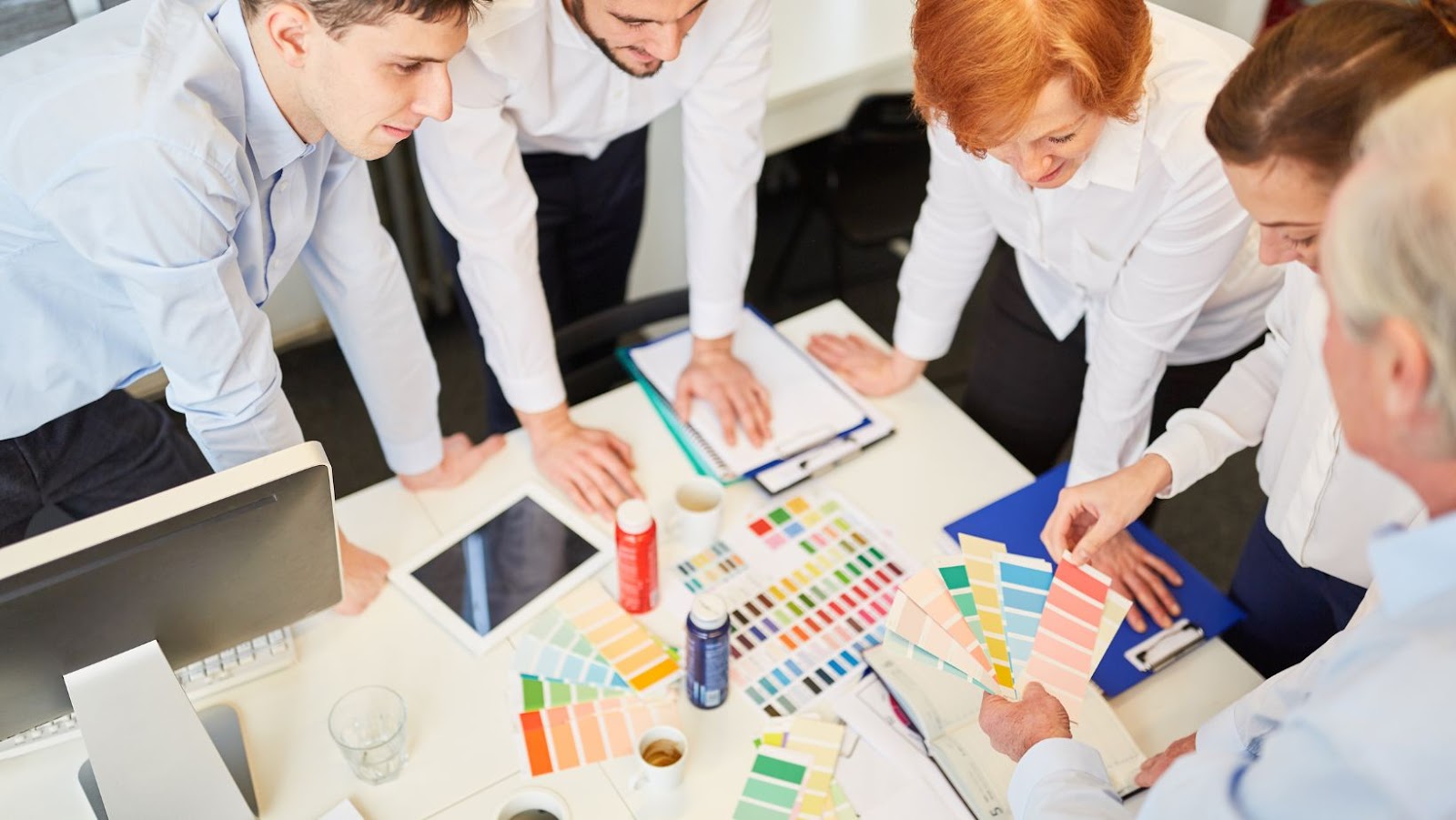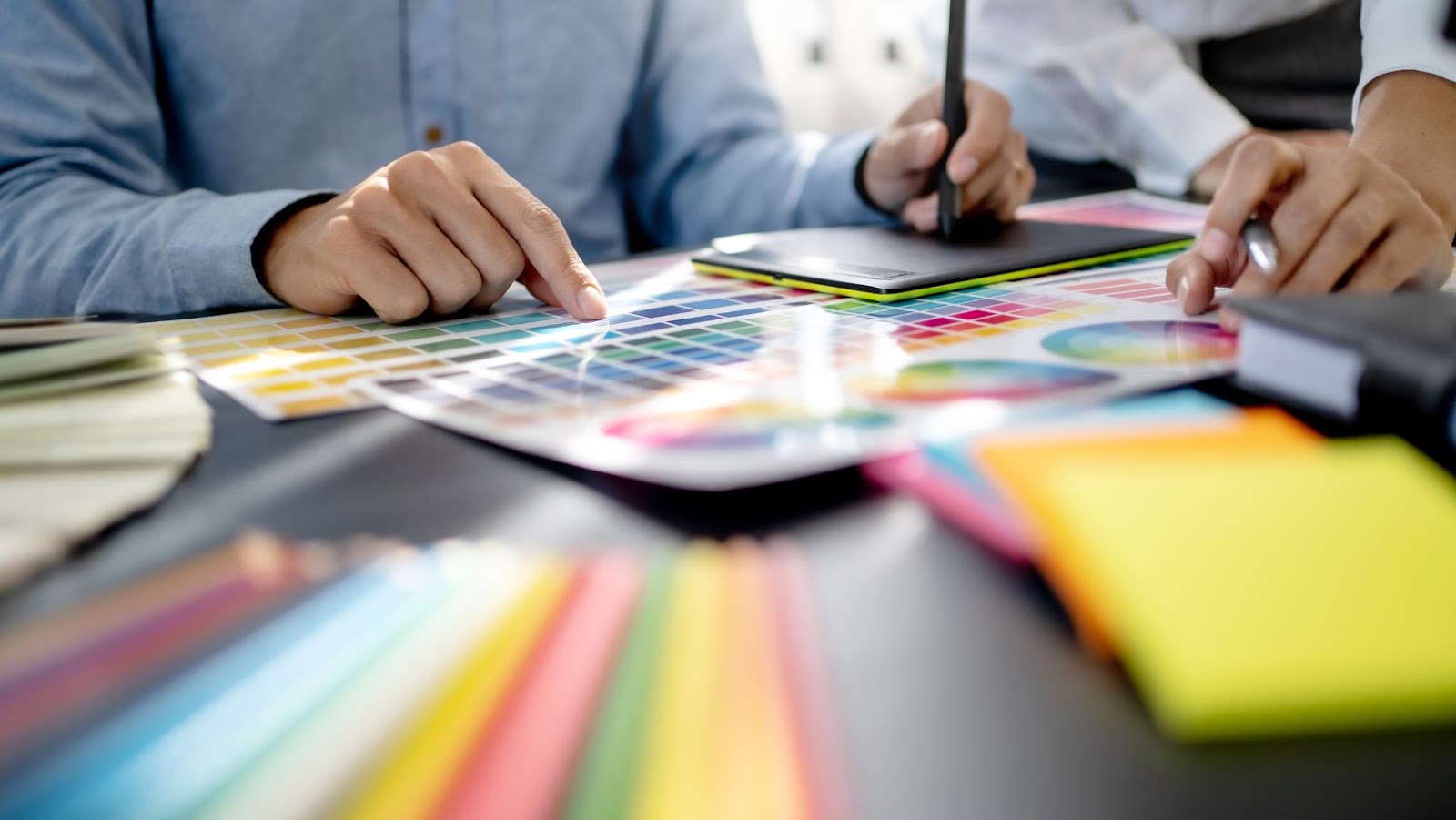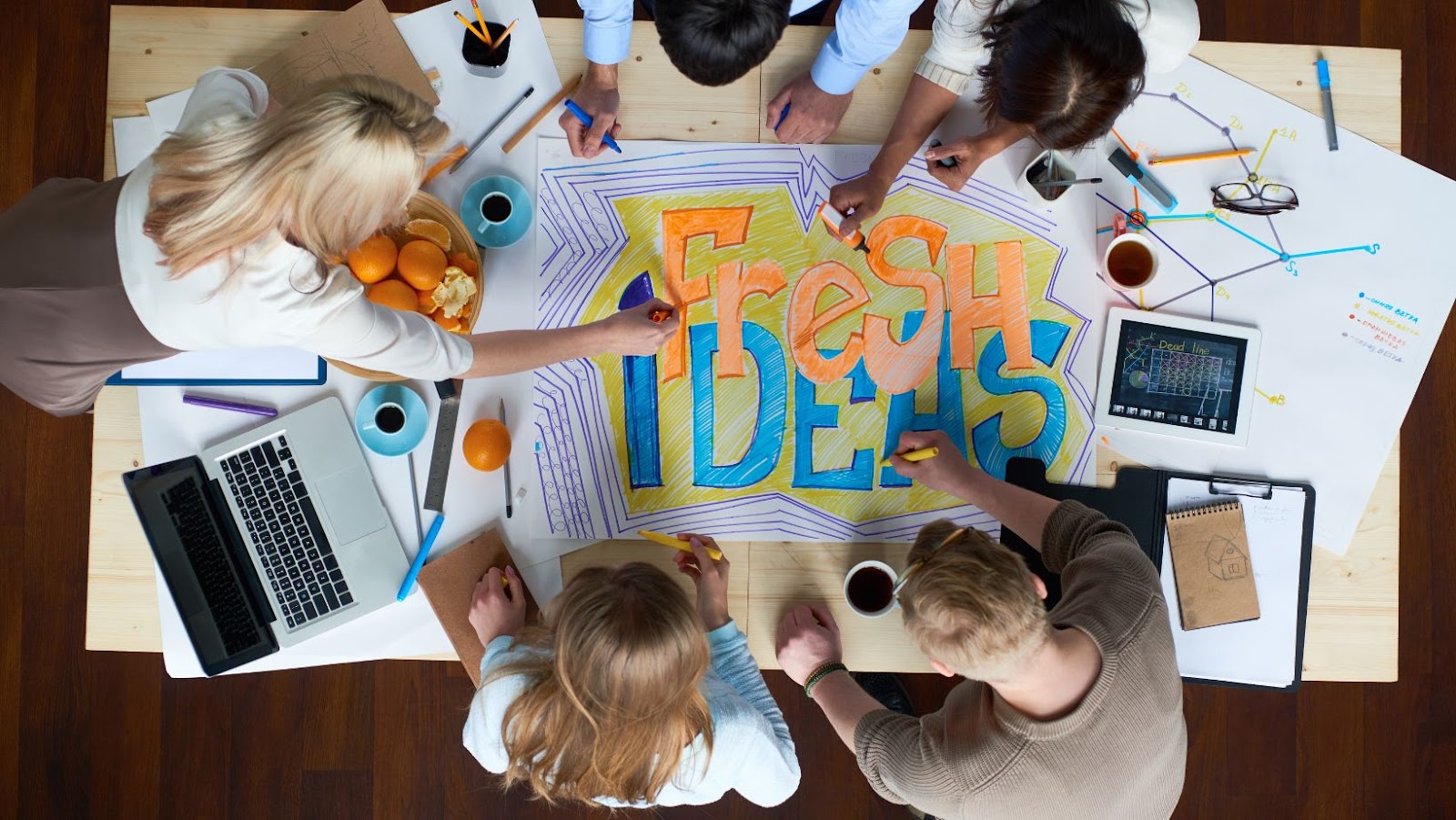 What Is Creative Design
What Is Creative Design
Creative design encompasses a multifaceted approach that merges artistic flair with strategic intent. Designers craft unique visual narratives while considering audience preferences and trends. By blending form and function, they ensure that aesthetics serve practical purposes. Designers employ various elements and principles to create engaging visuals. Elements include color, line, shape, and texture, while principles encompass balance, contrast, and alignment. These components work together to convey a specific message and enhance the overall design impact.
Technology plays a crucial role in creative design. What Is Creative Design? Digital tools like Adobe Creative Cloud facilitate intricate design processes, enabling designers to experiment and refine their ideas efficiently. These tools offer advanced functionalities to produce high-quality visuals across different platforms. The significance of creative design stretches across industries. In advertising, it’s used to capture attention and convey brand messages effectively. In product design, aesthetics and usability are intertwined to enhance user experience. Creative design influences brand identity, packaging, and even spatial layouts in architecture.
In a rapidly evolving digital landscape, the demand for innovative and engaging design solutions grows. Businesses recognize the necessity of creative design in differentiating themselves and connecting with their audiences. As new technologies emerge, designers continually adapt, ensuring their work remains relevant and impactful.
 Elements of Creative Design
Elements of Creative Design
What Is Creative Design? Creative design is composed of various interconnected elements that enhance both the visual and functional aspects of any project. Understanding these elements helps in crafting effective and appealing designs.
Innovation in design introduces new ideas that break traditional boundaries. By experimenting with unconventional techniques and technologies, designers create fresh perspectives. This innovation fosters environments where unique ideas thrive.
Aesthetics focus on the visual appeal and harmony within a design. Through strategic use of color, form, and composition, designers can evoke emotions and capture attention. Maintaining balance and ensuring that elements cohesively work together distinguish an aesthetically pleasing design.
Functionality ensures that a design meets its intended purpose effectively. Designers consider usability and practicality, creating solutions that not only look good but also perform well. By prioritizing ease of use, designs become more engaging and accessible to users.
 The Role of Technology in Creative Design
The Role of Technology in Creative Design
Technology significantly impacts creative design by providing tools and resources that streamline and enhance the design process. Designers leverage technological advancements to push boundaries and deliver innovative solutions.
Digital tools transform the creative design landscape by offering flexibility, precision, and efficiency. Software suites like Adobe Creative Cloud and Sketch allow designers to experiment rapidly with colors, shapes, and layouts. Vector graphics editors, such as Illustrator, provide scalability and precision unmatched by manual methods. Prototyping tools like Figma facilitate real-time collaboration and feedback, enhancing interactive design development. These tools remove geographical barriers, enabling global collaboration among design teams.
AI revolutionizes creative design by automating repetitive tasks and generating innovative content. Algorithms analyze design patterns, offering suggestions and enhancing workflow efficiency. AI-powered design tools, such as DALL-E, enable the creation of unique, AI-generated visuals previously unimaginable with traditional methods. Machine learning aids in predictive analytics, suggesting design elements based on consumer preferences and trends gleaned from vast datasets. AI also personalizes user experiences by adapting designs to individual user needs, increasing engagement and relevance.
What Is Creative Design? Creative design stands as a cornerstone of innovation, seamlessly blending imagination with functionality to craft solutions that captivate and communicate. Its impact spans industries, from branding to architecture, where it enhances user experiences and strengthens brand identities. By integrating technology and adapting to emerging trends, designers continue to push the boundaries of what’s possible. As businesses increasingly recognize the value of creative design, the demand for innovative and engaging solutions grows. This dynamic field not only transforms visual narratives but also shapes how audiences interact with the world, ensuring that design remains a powerful tool in achieving strategic objectives.